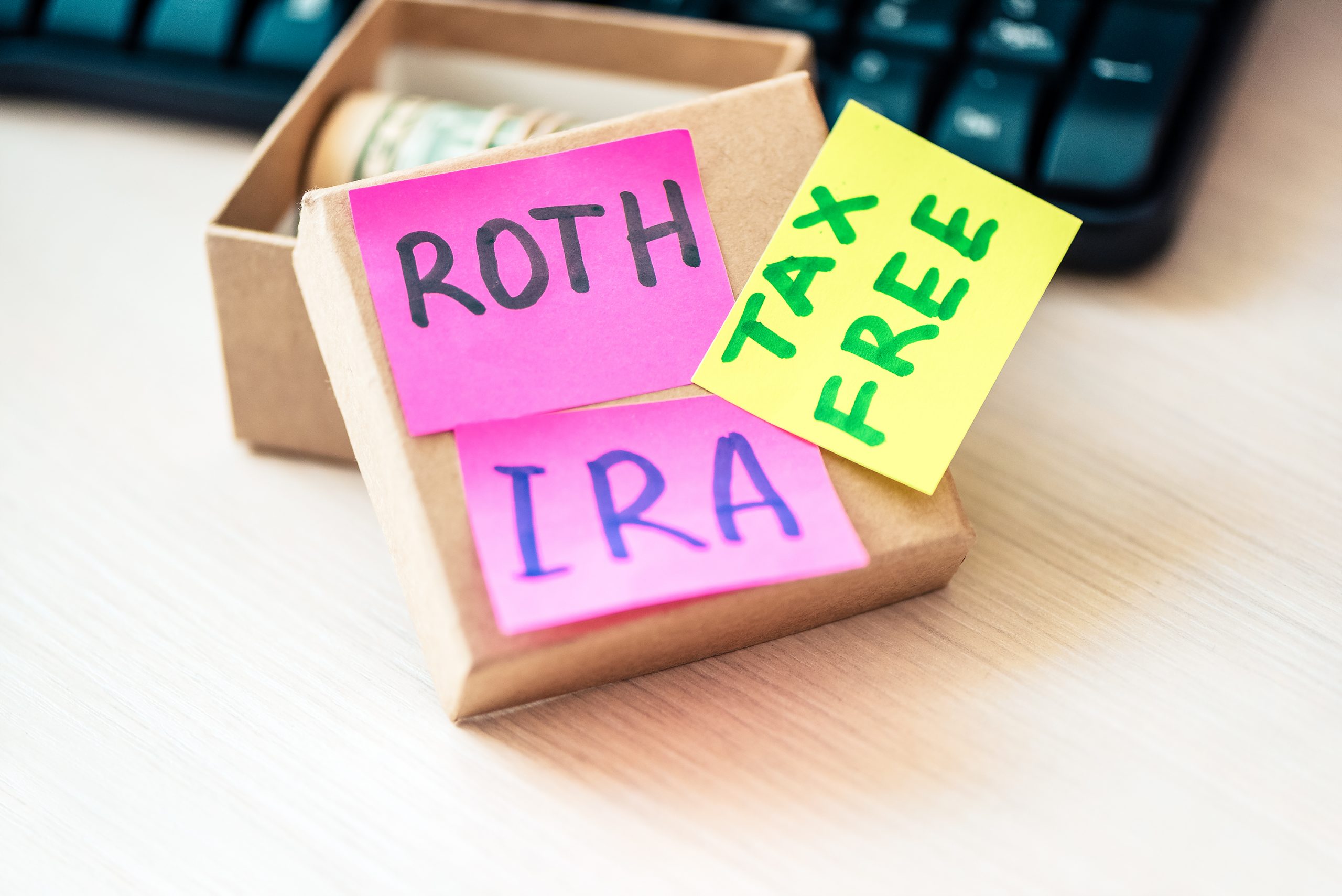During the past 25 years of providing financial guidance, I continue to be surprised by how many intelligent young professionals we see leaving money and opportunity on the table when planning for their futures. Many have Carpe Diem focus and subsequent inaction across many industries, but the most common company we see this is at Proctor & Gamble. If I can enhance at least one family’s retirement with this post, I would be happy.
As background, P&G has rewarded previous generations of employees with generous contributions to the PST plan. The stock has grown and allowed for a very prosperous retirement for those loyal P&G’ers. It’s reasonable to expect the current generation of employees will not share the same financial independence and prosperity unless they take action outside the PST plan. If you can relate with having a great salary, and are unsure if you are doing all the right things to make your financial goals much easier to attain, please read on.
The largest overlooked opportunity I see is the ability to make annual Roth IRA contributions (maximum of $6,000 in 2020). Additionally, if you’re blessed with high income (i.e. $124,000 for single; $196,000 for joint taxpayers) and the correct mix of existing investment accounts, you may still be allowed to make Roth IRA contributions using the backdoor Roth strategy (insert link). Most people have heard of a Roth and likely understand the tax-free benefits, but perhaps haven’t felt the urgency to incorporate into their distant retirement plan. I like to say “Your not-to-distant future requires your immediate attention.“ My firm has helped families late in their lives who hope to retire with only their 401k. Many P&G retirees fit this profile unfortunately. While it can work, it is not ideal since you will have limited ability to create a tax-efficient retirement distribution strategy.
For reference, here’s how the backdoor Roth strategy works. If you are employed and earn at least the annual contribution limit, you can make a non-deductible contribution to a Traditional IRA regardless of income. When you make a non-deductible contribution, it is important to file IRS form 8606 with your tax return to avoid paying taxes on the money twice. After the contribution is complete, you can convert the traditional IRA to a Roth IRA. This strategy works optimally when you do not have another pre-tax IRA account (inherited IRAs and 401k’s are ok) because existing pre-tax money that is converted from a traditional IRA to a Roth IRA is taxable in the year of the conversion and cannot be reversed under current law. However, any post-tax money that you convert from a traditional IRA to a Roth is not taxed when converted. Finally, once funds are in your Roth IRA, any future growth and withdrawals are not taxed to you or to your beneficiaries.
If you can relate and want to take advantage of investment opportunities beyond your 401k plan, I would encourage you to discuss this with your financial advisor. If you do not have one, I invite you to have a conversation with a Certified Financial Planner on my team or a fee-only Fiduciary found at www.NAPFA.org.







